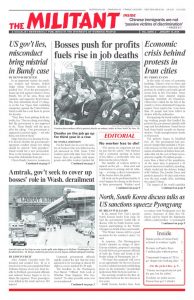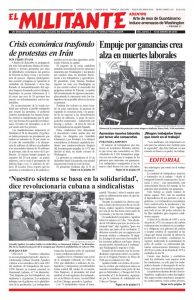With a long history of Chinese settlement and trade, Nagasaki provided a fitting setting for this year’s ISSCO conference.
The port city of Nagasaki was established on the northwest coast of Kyushu Island in 1571 for trade with Portugal and other European powers. Southern Kyushu was close to Japan’s Ryukyu Kingdom, which “from the 7th to the 17th centuries, enjoyed a privileged relationship with China,” said professor Takeshi Hamashita at the conference’s opening session. The kingdom was forcibly incorporated into Japan in 1609 as the Tokugawa shogunate moved to unify the country, defeating rival feudal lords.
The shogunate also imposed control over Nagasaki and Kyushu, where Catholic missionaries had accompanied European traders and converted masses of impoverished peasants and fishermen. At the high point of its brutal drive against Christianity, the Tokugawa samurai army in 1637 killed 30,000 mostly Christian peasants. The peasants had risen up against the burden of taxation and taken up arms at Shimabara.
At the same time, the shogunate moved to shut down foreign trade and travel abroad. Traders from China and Holland continued to operate in Nagasaki, but only under strict controls.
“A huge number of Chinese merchants, Buddhist monks, artisans and literati gradually congregated in this port city,” conference organizer Wang Wei wrote in the conference booklet. As a result, it became the origin of the overseas Chinese community in Japan.
Following the appearance of U.S. warships in Tokyo’s harbor in 1853, Japan’s rulers were compelled to open up the country to foreign trade and investment. They began a forced march toward capitalist modernization. This was expanded after the fall of the shogunate and the rise of Japan’s industrial revolution in the Meiji Restoration Period (1868-1912). Nagasaki became a key mining and industrial center.
During the second imperialist world war, Nagasaki’s shipbuilding industry made the city a target for U.S. bombers. On Aug. 9, 1945, three days after Washington bombed Hiroshima, the Fat Man plutonium bomb exploded over Nagasaki, instantly killing some 75,000 people. This slaughter is memorialized in the city’s Atomic Bomb Museum.

